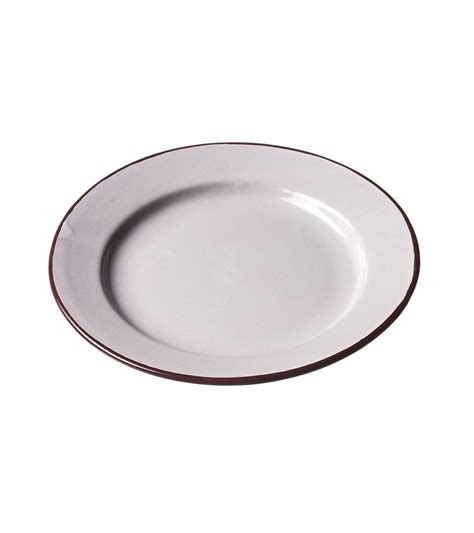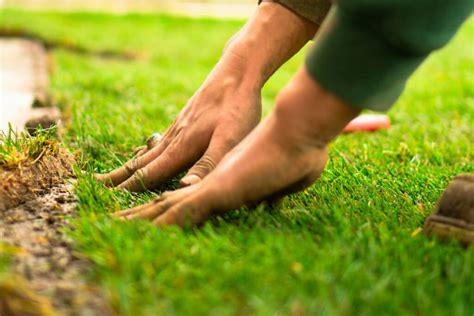Understanding Stubborn Male Belly Fat
For many men, shedding that persistent layer of belly fat, often referred to as ‘visceral fat,’ can feel like an uphill battle. This type of fat, stored deep within the abdominal cavity surrounding vital organs, is not only cosmetically undesirable but also carries significant health risks, including heart disease, type 2 diabetes, and certain cancers. While countless ‘quick fixes’ promise rapid results, the truth lies in a combination of targeted exercise, a strategic diet, and consistent lifestyle changes.
Unlike subcutaneous fat (the jiggly fat just under the skin), visceral fat is metabolically active and influenced by hormones like cortisol and insulin. Understanding this distinction is the first step toward effectively blasting it away.

Exercise Strategies for Fat Loss and Muscle Gain
To tackle stubborn belly fat, a multi-faceted exercise approach is crucial. Spot reduction is a myth; you can’t just do crunches to lose belly fat. Instead, focus on overall fat loss and building lean muscle mass, which naturally boosts your metabolism.
1. High-Intensity Interval Training (HIIT)
HIIT involves short bursts of intense exercise followed by brief recovery periods. This method is incredibly effective for calorie burning during and after your workout (EPOC effect), making it a powerful tool against visceral fat. Examples include sprint intervals, burpees, kettlebell swings, and jump squats.
2. Strength Training
Lifting weights is non-negotiable for fat loss. Building muscle increases your basal metabolic rate, meaning you burn more calories at rest. Focus on compound movements that engage multiple muscle groups, such as squats, deadlifts, bench presses, rows, and overhead presses. Aim for 3-4 strength training sessions per week.
3. Consistent Cardio
While HIIT is great, don’t neglect steady-state cardiovascular exercise. Low to moderate-intensity cardio (LISS) like jogging, cycling, or swimming for 30-60 minutes a few times a week can contribute significantly to your overall calorie deficit and cardiovascular health. It also aids recovery from more intense workouts.
4. Core Work (For Strength, Not Spot Reduction)
While crunches won’t melt belly fat, strengthening your core is vital for overall stability, posture, and injury prevention. Incorporate exercises like planks, Russian twists, leg raises, and bicycle crunches into your routine, but remember their primary role is strengthening the muscles, not directly burning the fat on top of them.

Dietary Changes to Incinerate Belly Fat
Diet plays an even more critical role than exercise when it comes to fat loss. You simply cannot out-train a bad diet. Focus on creating a sustainable calorie deficit while nourishing your body with nutrient-dense foods.
1. Prioritize Protein
High protein intake is key. Protein promotes satiety, helping you feel fuller for longer, and preserves muscle mass during weight loss. Aim for lean sources like chicken, turkey, fish, eggs, Greek yogurt, and legumes. Roughly 1 gram of protein per pound of body weight is a good target for active individuals.
2. Embrace Fiber-Rich Foods
Fiber, especially soluble fiber, has been shown to reduce visceral fat. Found in fruits, vegetables, whole grains, and legumes, fiber helps regulate blood sugar, promotes healthy digestion, and increases fullness. Make sure half your plate at each meal consists of non-starchy vegetables.
3. Choose Healthy Fats
While fat is calorie-dense, healthy fats are crucial for hormone production and nutrient absorption. Incorporate sources like avocados, nuts, seeds, olive oil, and fatty fish (salmon, mackerel) in moderation. Avoid trans fats entirely.
4. Limit Refined Carbs and Sugars
Sugary drinks, processed snacks, white bread, and pastries are major contributors to belly fat. These foods cause rapid spikes in blood sugar and insulin, promoting fat storage, particularly in the abdominal region. Opt for complex carbohydrates like oats, quinoa, brown rice, and sweet potatoes in controlled portions.
5. Reduce Alcohol Intake
‘Beer belly’ is not just a saying. Alcohol contains empty calories and can disrupt fat metabolism, leading to increased visceral fat storage. Reducing or eliminating alcohol can significantly impact your belly fat reduction efforts.

Lifestyle Factors for Lasting Success
Beyond diet and exercise, several lifestyle elements significantly impact your ability to lose stubborn belly fat.
1. Prioritize Quality Sleep
Lack of sleep disrupts hormones like ghrelin (hunger hormone) and leptin (satiety hormone), leading to increased appetite and cravings. It also raises cortisol levels, which promotes belly fat storage. Aim for 7-9 hours of quality sleep per night.
2. Manage Stress Levels
Chronic stress leads to elevated cortisol, directly contributing to visceral fat accumulation. Incorporate stress-reduction techniques such as meditation, yoga, deep breathing exercises, spending time in nature, or engaging in hobbies you enjoy.
3. Stay Hydrated
Drinking plenty of water is essential for metabolism, digestion, and overall health. Often, thirst can be mistaken for hunger, leading to unnecessary snacking. Aim for at least 8 glasses of water daily.

Consistency and Patience are Key
Losing stubborn belly fat is a marathon, not a sprint. It requires consistent effort, patience, and a holistic approach combining smart exercise, a nutrient-dense diet, and healthy lifestyle habits. There will be plateaus, but sticking to your plan will yield results.
Remember to consult with a healthcare professional or a certified nutritionist before making significant changes to your diet or exercise routine, especially if you have underlying health conditions.

Conclusion
Blasting stubborn male belly fat involves more than just crunches. It’s about strategically combining high-intensity interval training, strength building, and consistent cardio with a diet rich in protein, fiber, and healthy fats, all while managing stress and prioritizing sleep. By adopting these sustainable habits, men can effectively reduce visceral fat, improve their overall health, and achieve a leaner, stronger physique.




